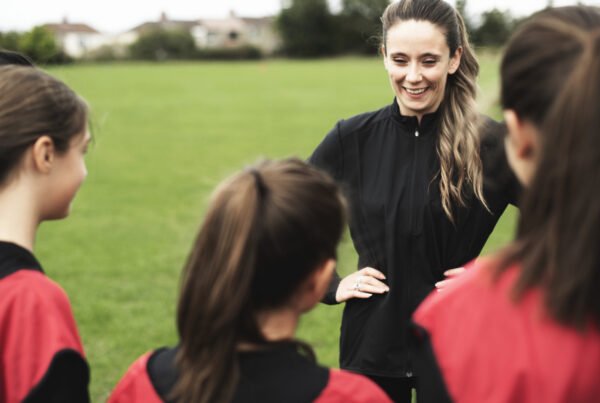Abstract
The paper advocates for a community development approach in order to address stagnating or declining physical activity, providing an example of good practice through the Sport and Development (S&D) program in South Australia. The S&D project aims to promote community engagement in disadvantaged communities through sport by using a flexible approach in designing and implementing programmes based on community need as identified by stakeholders. The project is primarily coordinated by universities who provide student placements and volunteer opportunities, combining sport, community and university outcomes.
Methodology
The paper evaluates the S&D program, employing a mixed methods approach adopted throughout the development and implementation of each program. Data collection methods included questionnaires, focus groups with participants, volunteers and key stakeholders, and the maintenance and analysis of a database on attendance and demographic characteristics of participants.
Key Findings
The success of the programme relates to building networks and capacities at a variety of levels through a community-based focus. However, there is a need going forward for a stronger conceptual framework that clearly outlines what sport can contribute to society, whose job it is to nurture it, and what ‘engagement’ specifically involves. Semi-structured community activities emphasising ‘fun and play’ appear to be more effective in reaching disadvantaged communities. Furthermore, the incorporation of university students as volunteers provides a strong opportunity for ‘bridging social capital’ but lack of experience may also contribute to an inconsistency in quality.
Interpretation
The paper provides an example of a community-based project in South Australia but highlights good practices that can be equally applicable to Scotland. Scottish universities might consider how they can play a more active role in developing and implementing community sport programmes and how these might prove mutually beneficial in providing research and useful volunteering opportunities for their students. Researchers and policy makers might also be interested in considering the questions posed in the paper aimed at informing a more clearly defined approach to engagement through sport.




